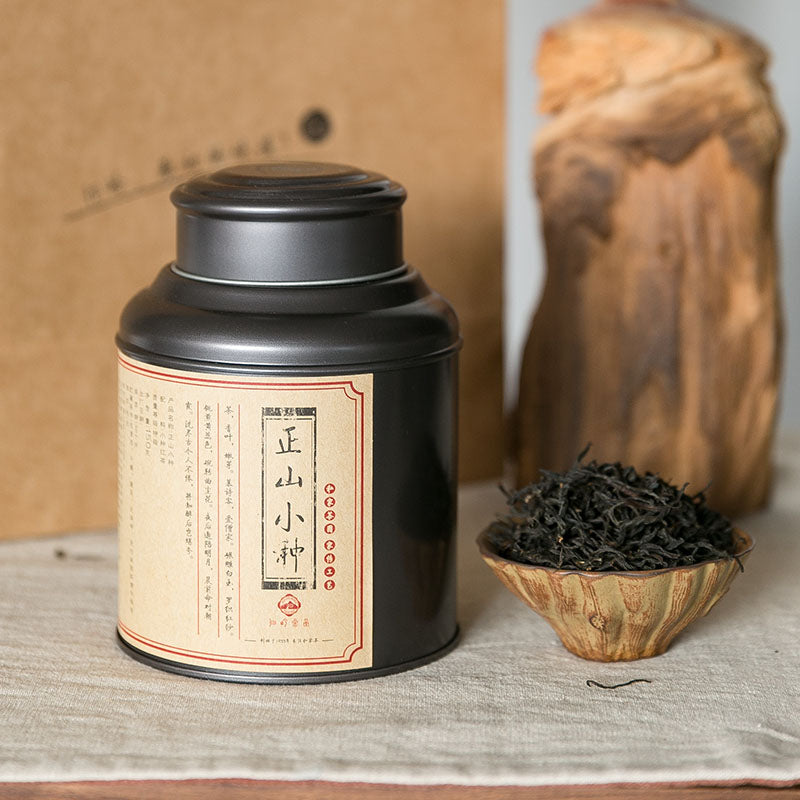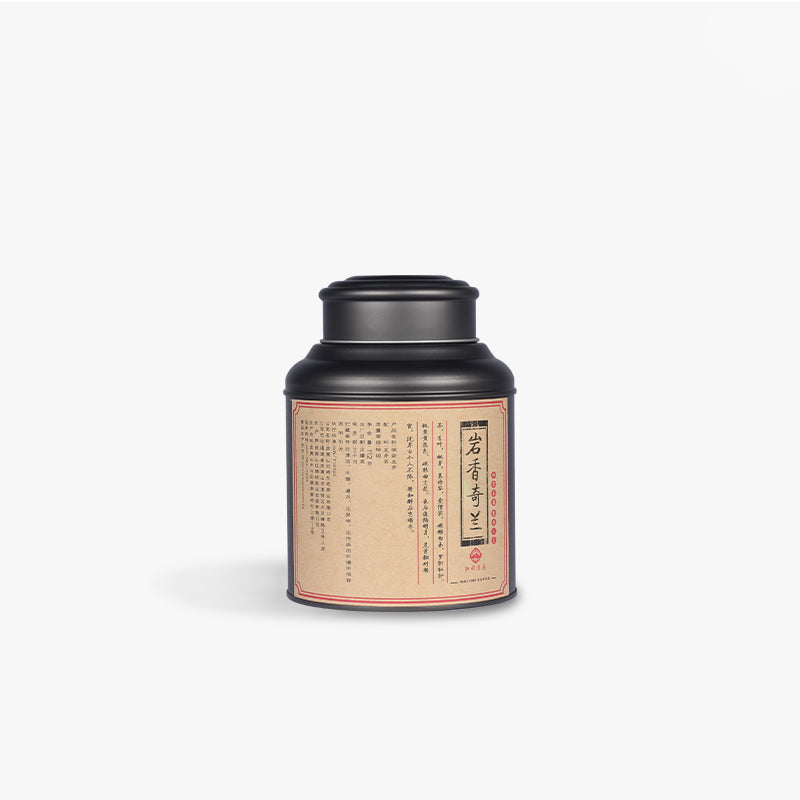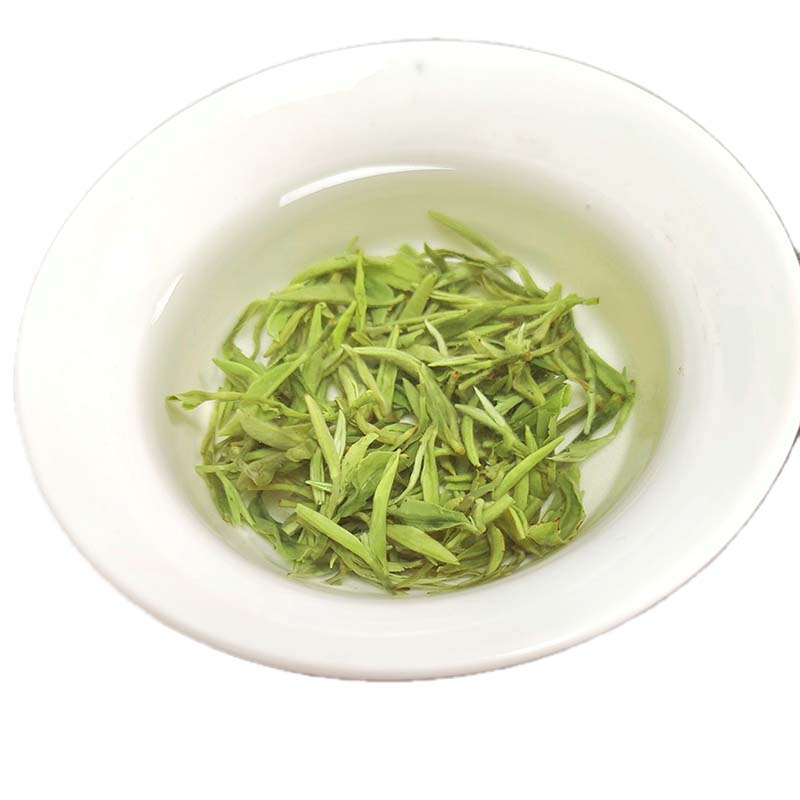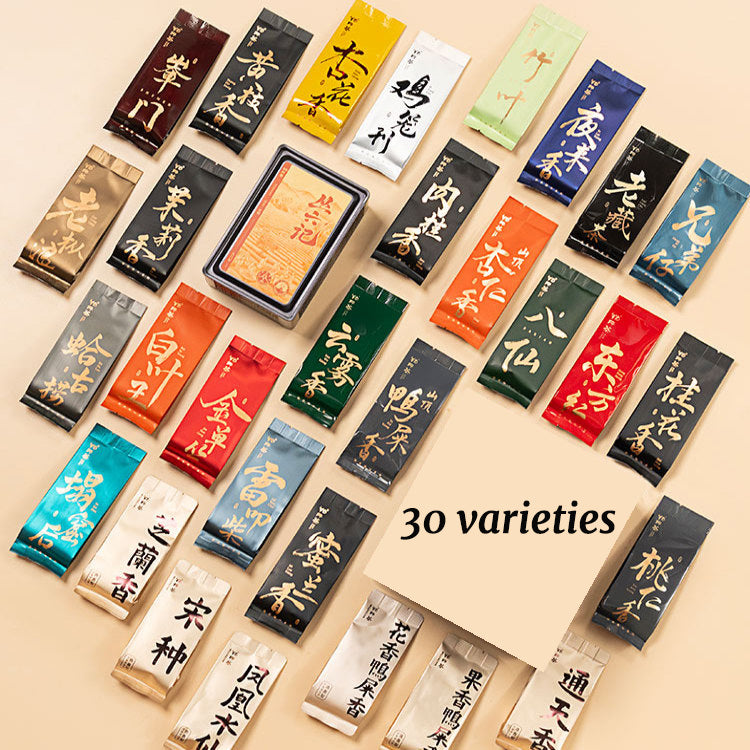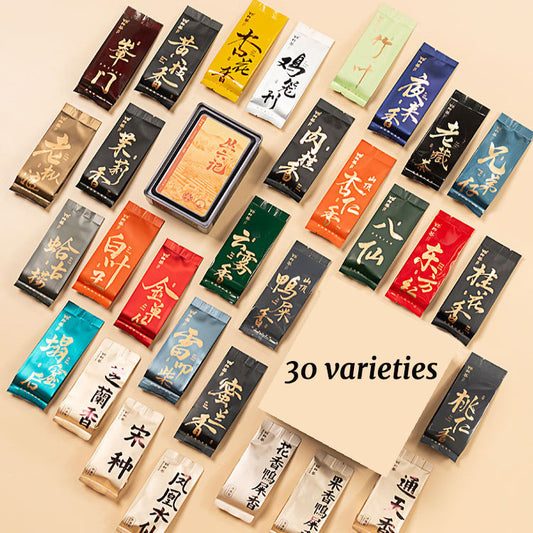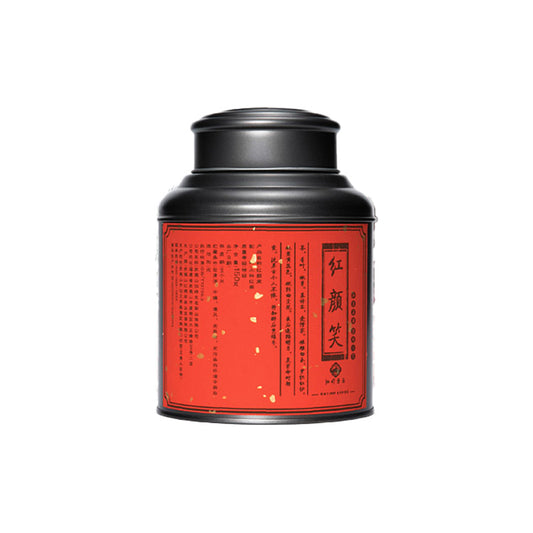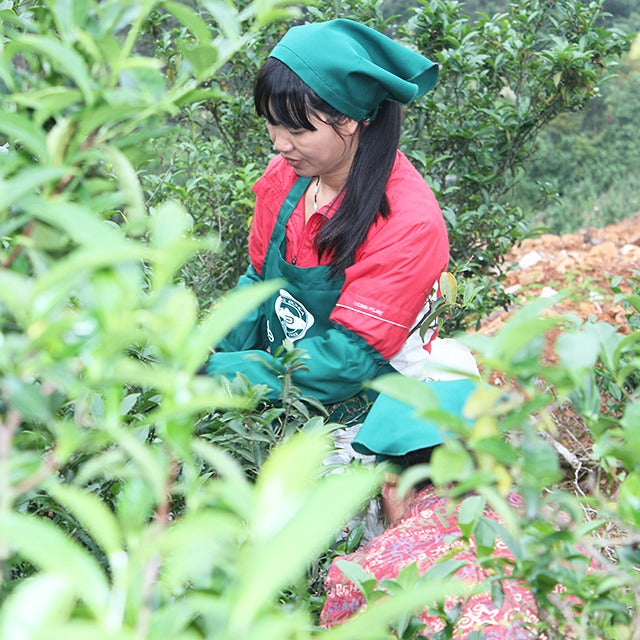Tea Basics A Journey Through Leaves and Tradition
Tea Basics A Journey Through Leaves and Tradition
Tea is more than just a beverage; it's a bridge between cultures, a dance of craftsmanship, and a canvas for personal ritual. Whether you've just picked up your first box of tea bags or are gazing at an intricate gaiwan, let's wander together through the essential landscape of tea.
Starting our journey in the misty mountains of China, where the legends of tea's origins are as rich as the flavors in your cup. It's said that in 2737 BCE, Emperor Shen Nong discovered tea when leaves from a wild tea bush drifted into his pot of boiling water. A humble beginning, yet it sparked a tradition that would traverse continents and centuries.
When choosing tea, consider the tapestry of its types—green, black, oolong, white, yellow, and pu-erh. Each one is a result of the unique dance between human hands and the natural world. Take green tea, for instance. Its fresh, verdant quality is achieved by halting oxidation early, often through pan-firing or steaming. In contrast, oolong is a masterclass in balance, partially oxidized to express both the briskness of green tea and the depth of black.
Brewing tea is a simple act that disguises a world of nuance and tradition. In the hustle of modern life, it's easy to overlook the soothing ritual of steeping. The mere act of heating water, watching leaves unfurl, and taking that first sip invites you into the present moment. Temperature and time are your allies here; too hot, and you risk bitterness, too cool, and your brew may become flat. An oolong like Tie Guan Yin, for instance, often reveals its layers best when brewed with water around 85°C.
Let's not forget the teaware that accompanies our tea. In Taiwan, the Yixing teapot is revered for its ability to enhance the taste of tea through its porous clay, which absorbs the aroma and oils. It's as if each pot grows wiser with use, making it a cherished heirloom passed down through generations. The mere sight of a well-used Yixing teapot can make any tea lover's heart skip a beat.
For those new to tea, embracing this age-old tradition might feel like descending into a fragrant labyrinth. But don't worry; tea invites exploration. Each sip is an open door to ask questions and to embrace the myriad answers that arrive in the form of delicate buds or robust leaves.
As you pour another cup, perhaps ponder this: how remarkable that a single plant, the Camellia sinensis, could inspire such a kaleidoscope of flavors and rituals. It's a gentle reminder that even within our daily routines, there's space for wonder and discovery. Here's to the next cup and all the stories it holds.

